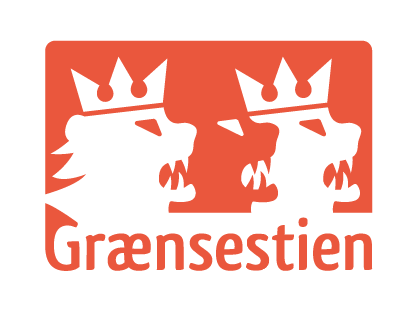The customs border offices were divided into three categories according to the amount of traffic passing through.
The highest classification consisted of a Border Duties Collection Office in Denmark and Nebenzollamt I in Germany, where all import and export could be cleared. These were manned by customs inspectors and gendarmes.
The middle classification consisted of border customs checkpoints or Nebenzollamt II, which were managed by customs inspectors, who could only clear certain types of goods.
The lowest classification consisted of reporting posts/statistical reporting posts, which were managed by border gendarmes who merely noted the amount of goods passing through.
